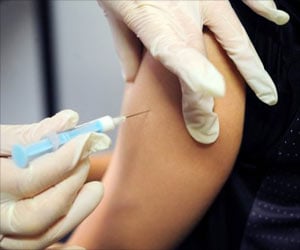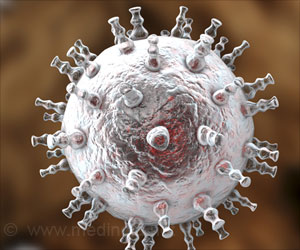
‘Modified vaccinia Ankara (MVA) vaccine delivered by skin scarification technique generated more T cells and also produced superior protection against respiratory illnesses such as COVID-19 and influenza.’
Read More..Tweet it Now
The researchers have a reason to suspect that vaccines delivered by skin scarification can offer better protection against respiratory diseases. The results from preclinical studies suggest that skin scarification may help generate lung T cells and provide protection against infectious diseases, with implications for prevention of COVID-19.Read More..
The study conducted by Thomas Kupper, MD, chair of the Department of Dermatology, and his colleagues is published in the journal Npj vaccines.
Kupper said, “We have known for years that this technique was a good way to generate T cells that would home to the skin, but our study shows that skin scarification is also an effective way to generate T cells that home to the lungs. Vaccine development today is focused on selecting the best antigen(s) for T cells and B cells. But for a vaccine to work to its full potential, it also needs to direct T cells to where they are needed most. For respiratory pathogens, that means getting T cells to the lungs.”
Smallpox vaccines used live vaccinia virus (VACV). The Food and Drug Administration has recently approved the use of modified vaccinia Ankara (MVA). This modified modern alternative lacks about 10 percent of the parent genome and cannot replicate in the human cells. This avoids the serious side effects seen with VACV. MVA vaccine is injected subcutaneously.
The researchers wanted to determine if the skin scarification route of immunization with MVA could elicit a more effective T cell response than other routes of immunization. The researchers injected mice by using either skin scarification, subcutaneous, intramuscular, or intradermal injection.
Advertisement
The studies conducted were preclinical and clinical trials need to be conducted to see if the results can be replicated in humans. However, the researchers are already exploring the potential of using MVA vector and skin scarification technique to develop more powerful and universal vaccines against other infectious illnesses like influenza and COVID-19.
Advertisement
Source-Medindia















